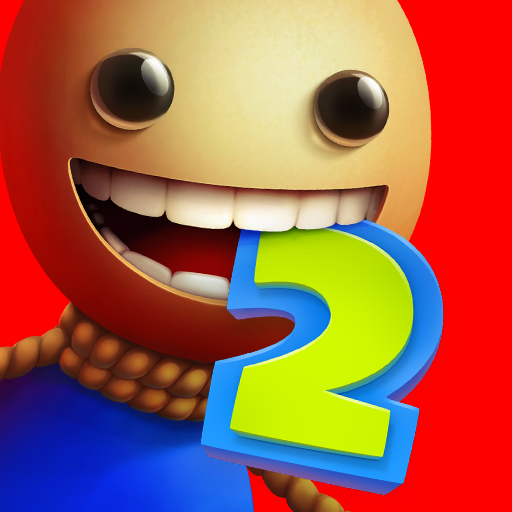Amazon Prime's animated adaptation of Robert Kirkman's Invincible has revitalized interest in the comic book series. Its blend of intense action, compelling characters, and morally complex narratives quickly garnered a devoted following. However, translating the expansive comic book story to television necessitated changes, some subtle, others more substantial. This analysis examines key differences between the animated series and the comics, dissects the shortcomings of season three, and explores the impact of these adaptations on the overall narrative.
Table of Contents
- From Page to Screen: Key Differences
- Mark Grayson's Journey: Compression vs. Gradual Growth
- Supporting Cast Dynamics: Screen Time Allocations
- Antagonists: Streamlined Motivations
- Action Sequences: Enhanced Visuals and Choreography
- Thematic Exploration: Morality and Legacy
- Season 3 Critique: A Diminished Impact
- Repetitive Storylines: Familiar Ground Retread
- Cecil's Subplot: An Underutilized Opportunity
- Lackluster Action: Diminished Excitement
- Slow Start: Delayed Momentum
- Balancing Adaptation and Innovation
- Why Fans Should Still Watch (Spoiler Alert!)
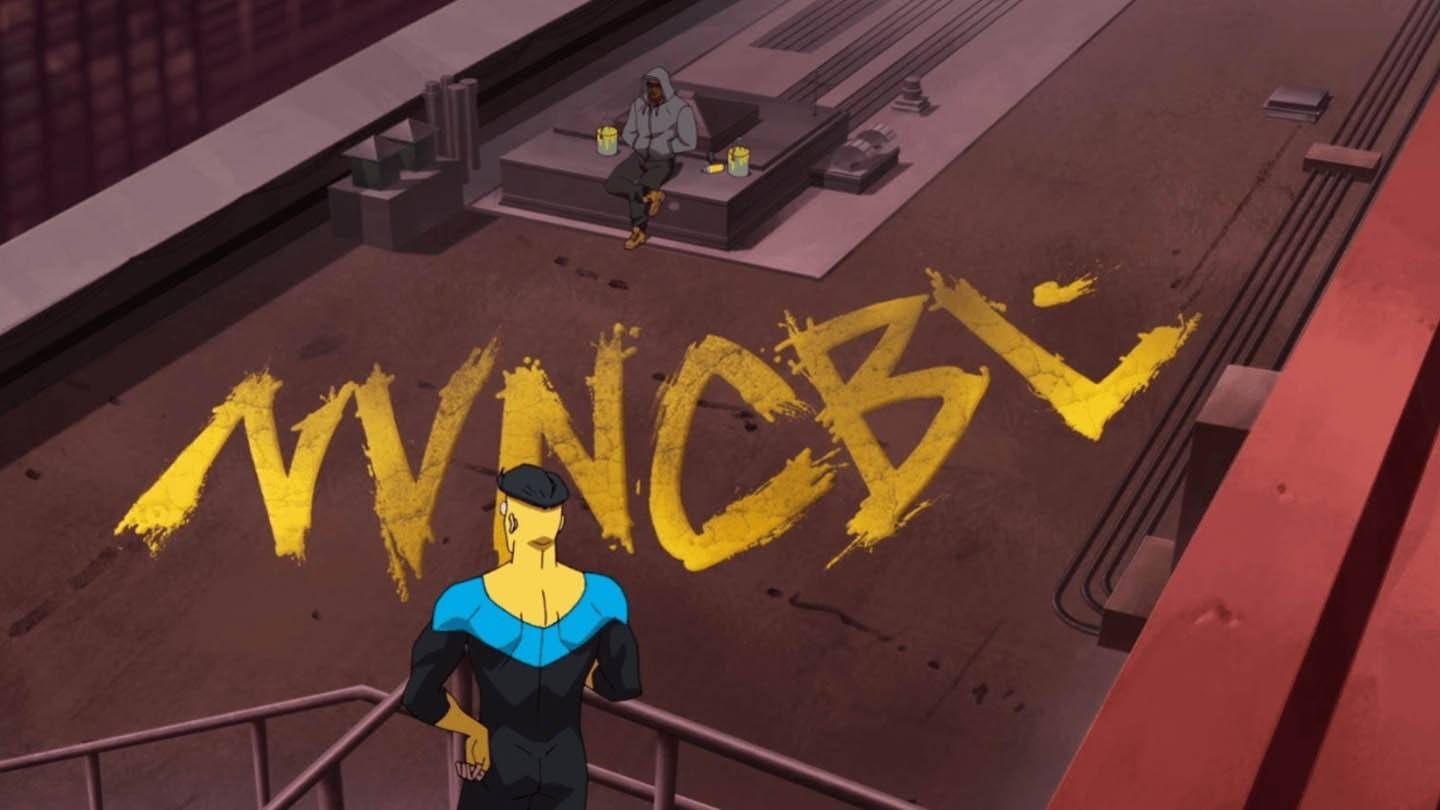 Image: amazon.com
Image: amazon.com
Mark Grayson's Journey: Accelerated Development
A significant divergence lies in Mark Grayson's portrayal. The comics depict a gradual superhero transformation, showcasing his growth from power discovery to grappling with the ethical dilemmas of heroism. This measured pace allows for in-depth character exploration. The series, conversely, compresses this journey, resulting in a faster, more intense arc. While maintaining viewer engagement, this condensation sacrifices some of the nuanced depth present in the comics. Long-time fans might perceive Mark's development as rushed.
Supporting Cast Dynamics: Altered Prominence
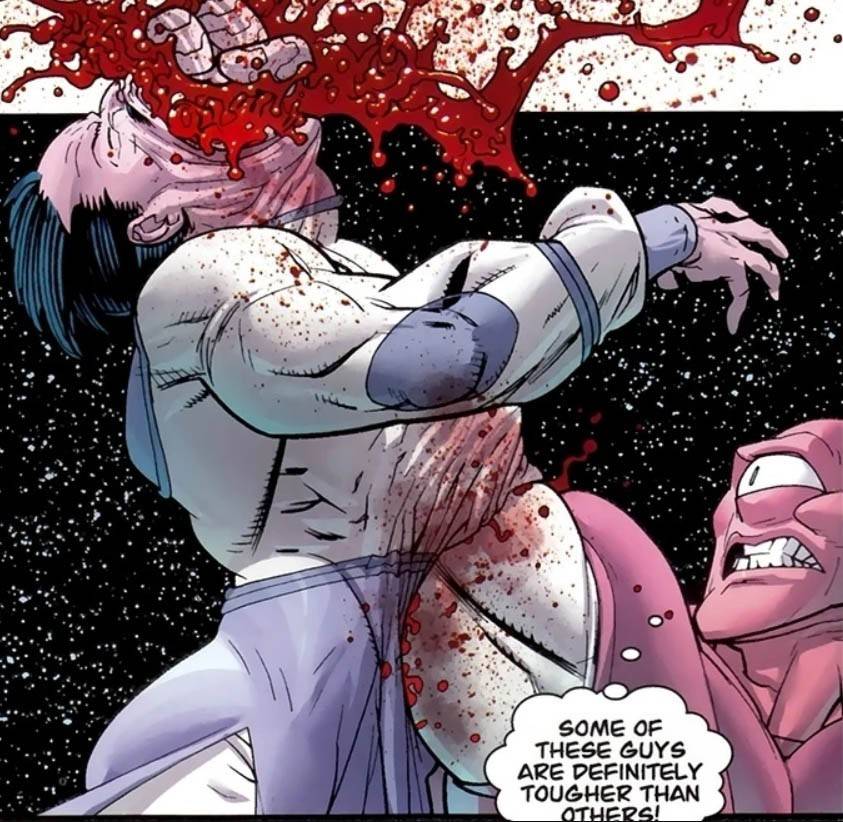 Image: amazon.com
Image: amazon.com
The supporting cast experiences notable shifts. Some characters gain prominence, others are relegated to smaller roles. Allen the Alien, for example, assumes a more central position, offering humor and context to the universe. Conversely, characters like Battle Beast receive less screen time, potentially disappointing comic book fans. These adjustments reflect narrative streamlining and broader audience appeal.
Antagonists: Simplified Motivations
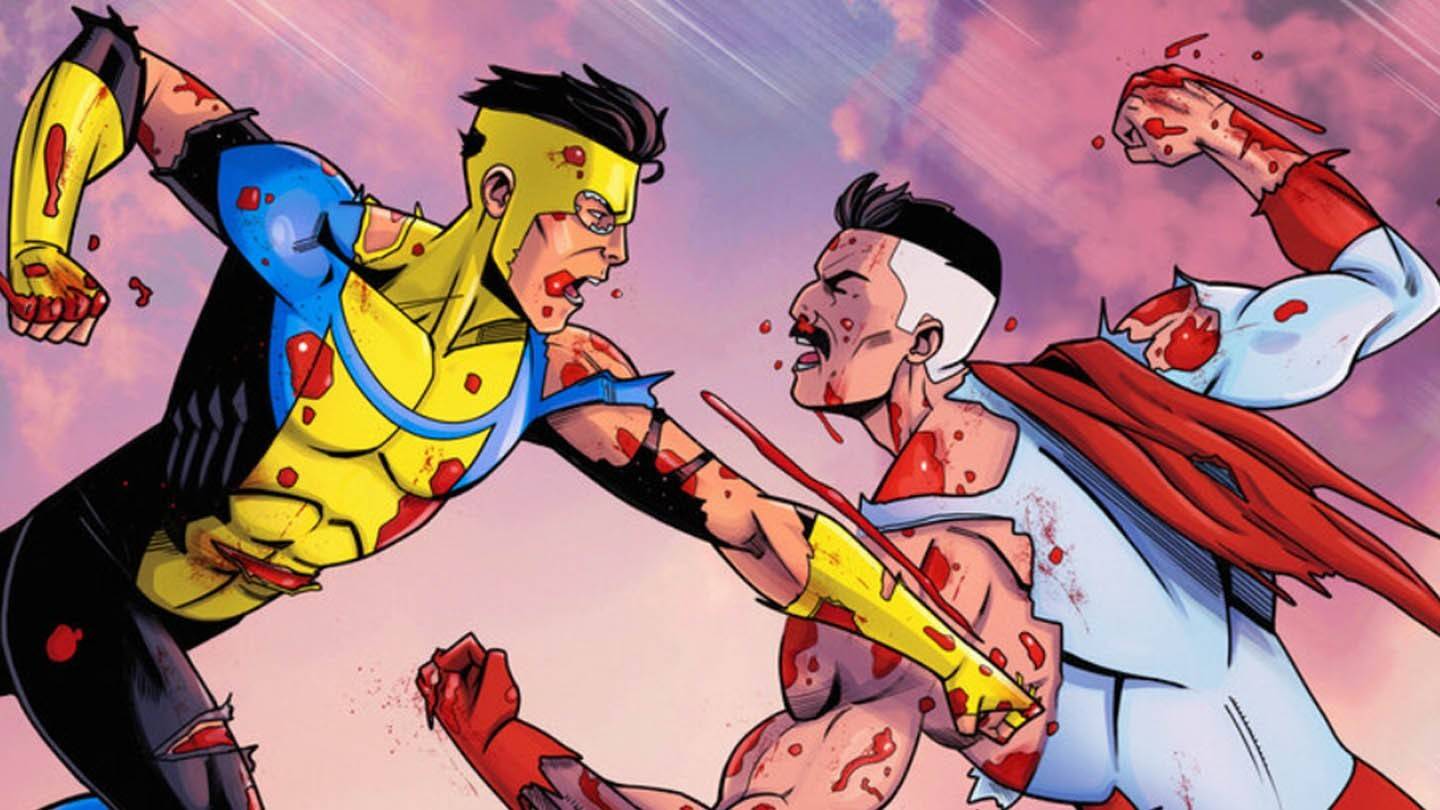 Image: amazon.com
Image: amazon.com
Villains like Conquest and the Shadow Council receive more nuanced treatment in the comics, with detailed motivations and backstories. The series simplifies these aspects for pacing, prioritizing high-stakes confrontations. While enhancing accessibility, this simplification risks diminishing the antagonists' complexity. Omni-Man's betrayal, for instance, feels more abrupt in the series compared to the gradual foreshadowing in the comics, altering the emotional impact.
Action Sequences: Enhanced Visual Spectacle
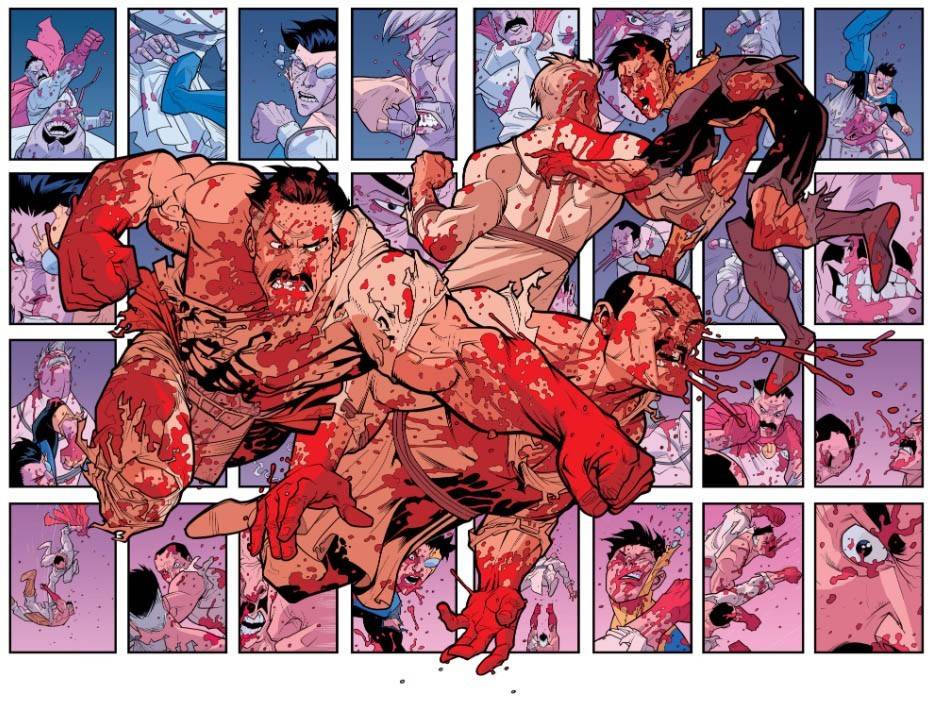 Image: amazon.com
Image: amazon.com
The animated series excels in its action sequences, utilizing animation's capabilities for dynamic choreography and special effects. Battles are visually intensified, rivaling live-action blockbusters in scale and intensity. However, these enhanced sequences sometimes deviate from the comics. While generally enhancing the spectacle, these changes might be noticeable to comic book readers.
Thematic Exploration: Focused Narrative
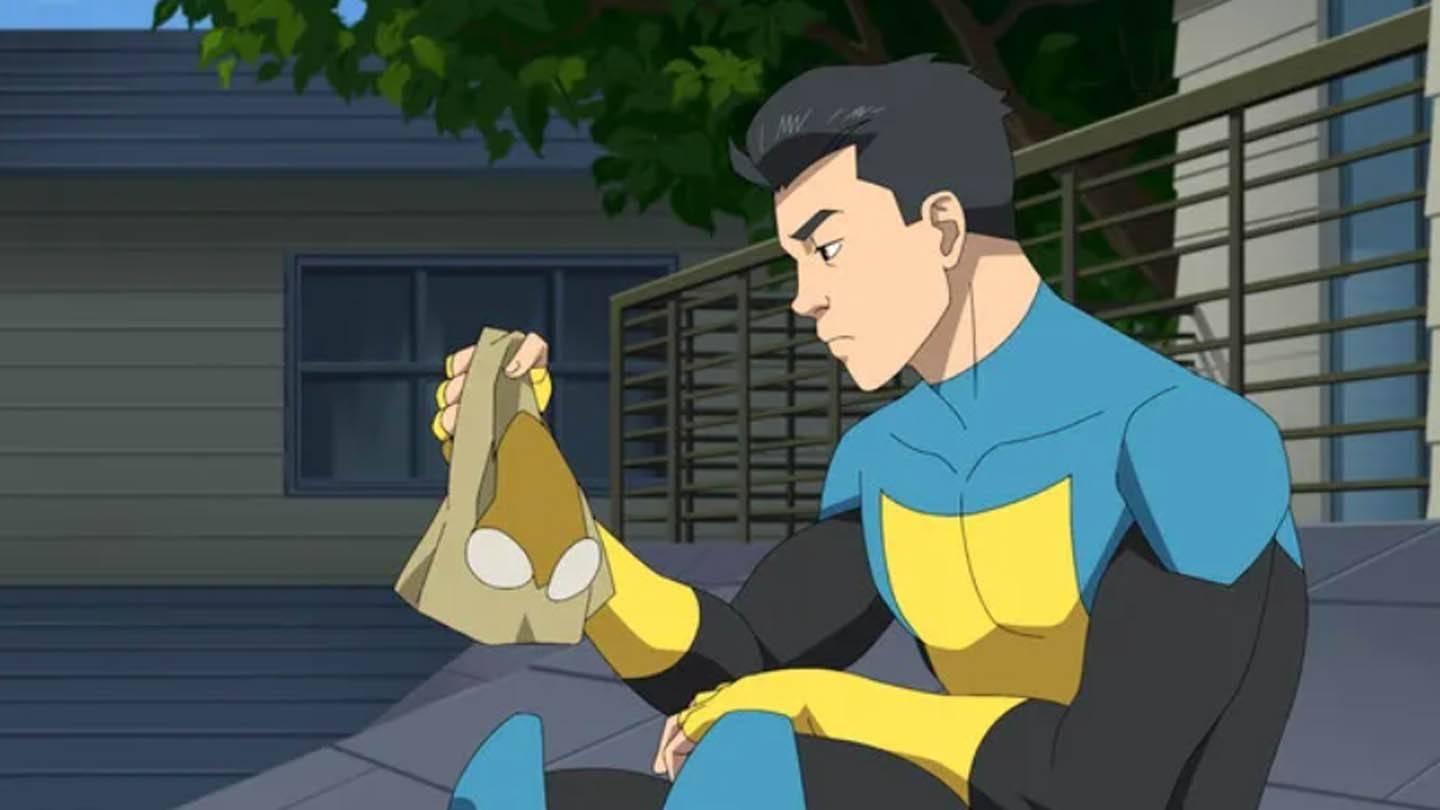 Image: amazon.com
Image: amazon.com
Thematic exploration also differs. The series emphasizes morality, power, and legacy, reflecting the episodic format's demands. Mark's internal conflict regarding his father's actions is given more screen time. Other themes, such as the philosophical implications of superhuman existence, are somewhat downplayed, maintaining narrative focus and accessibility.
Season 3 Critique: Falling Short of Expectations
Despite the acclaim of the first two seasons, season three left many fans disappointed.
Repetitive Storylines: Lack of Novelty
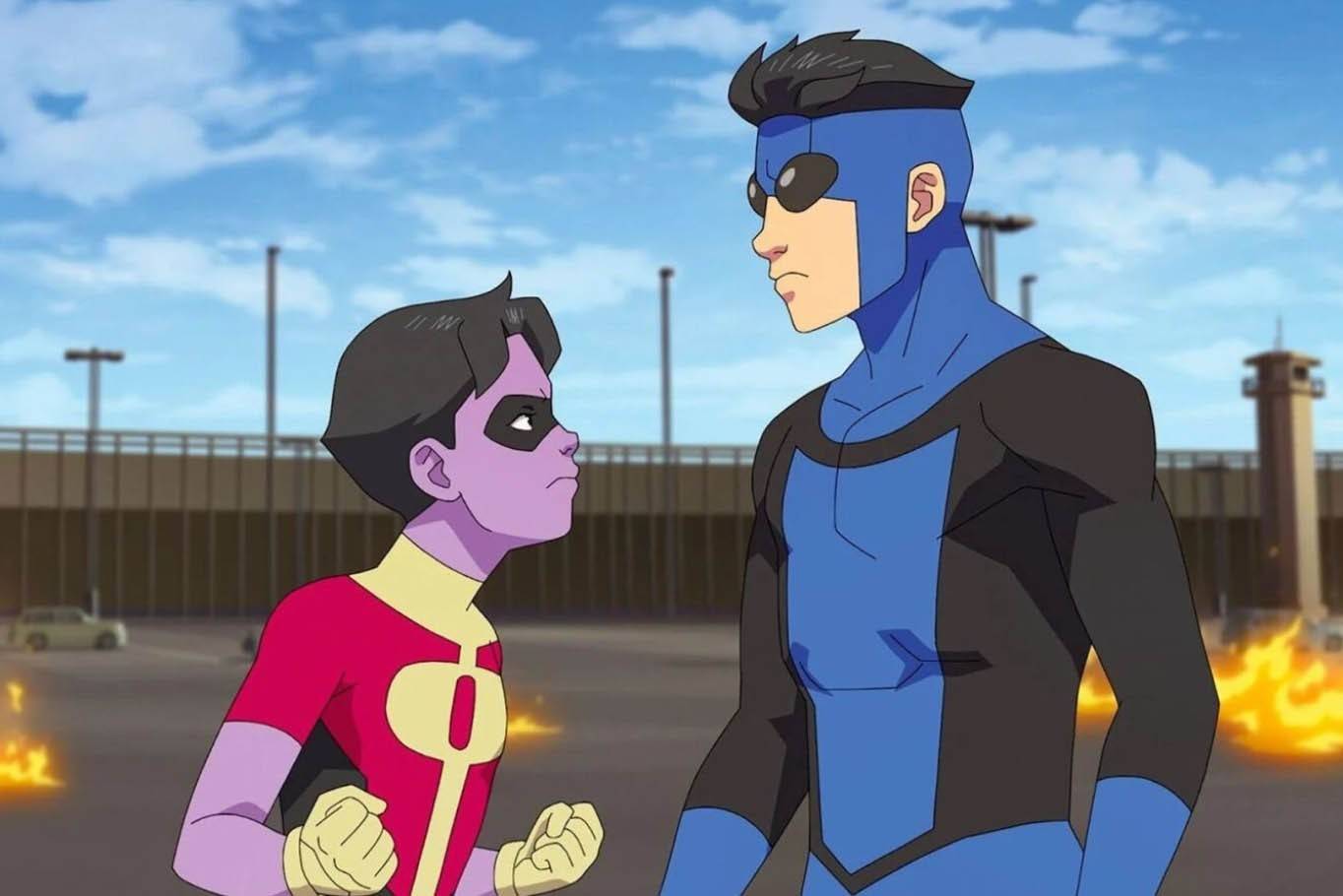 Image: amazon.com
Image: amazon.com
Season three's reliance on familiar tropes is a recurring criticism. Previous seasons surprised viewers with unexpected twists and turns. Season three, however, revisits these themes without offering significant novelty. Mark's internal conflict regarding his father's legacy, for example, feels repetitive.
Cecil's Subplot: Unfulfilled Potential
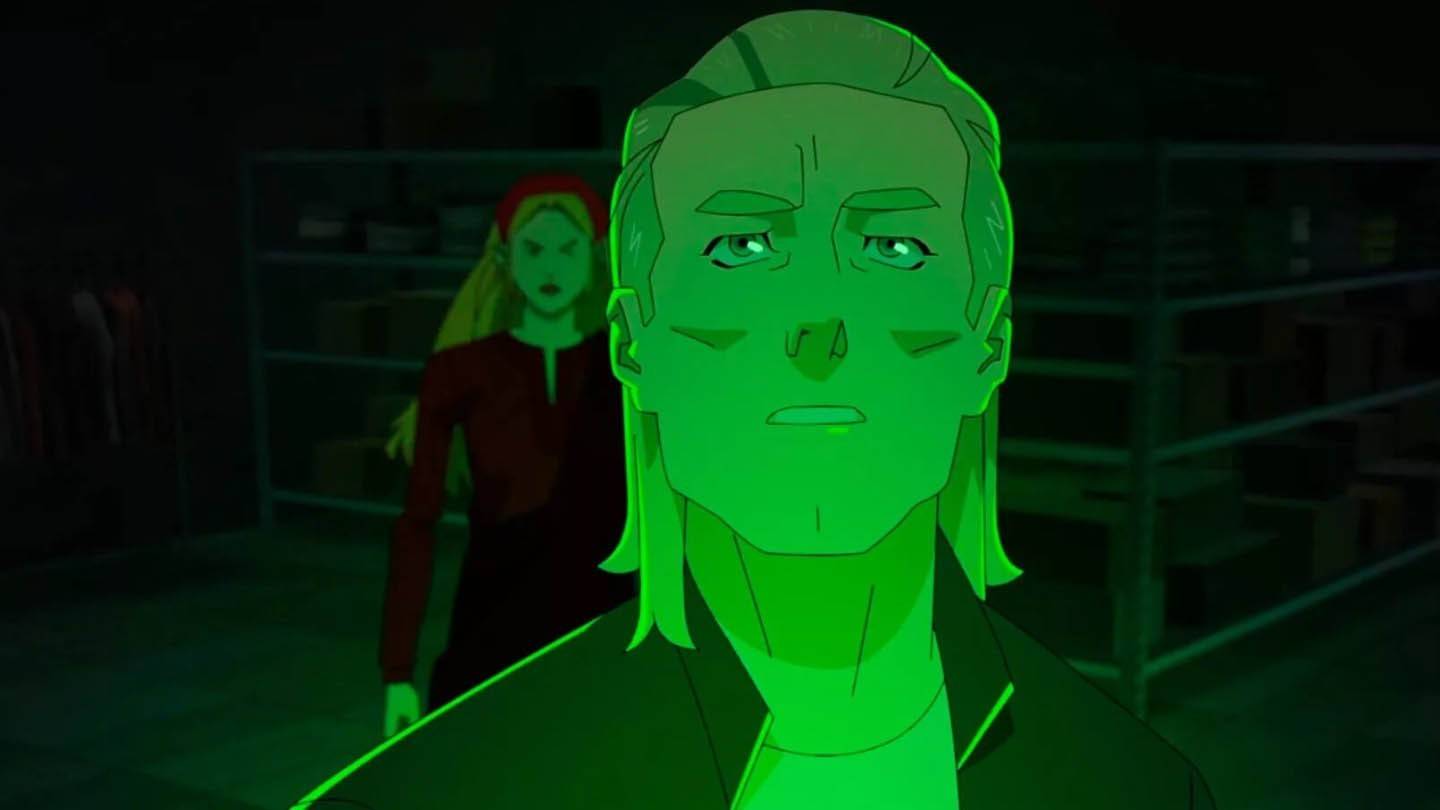 Image: amazon.com
Image: amazon.com
Cecil's subplot, involving criminal rehabilitation, is an interesting addition but falls short due to its overly idealistic portrayal. This naiveté creates a disconnect, undermining the emotional weight of the conflict.
Lackluster Action: Diminished Impact
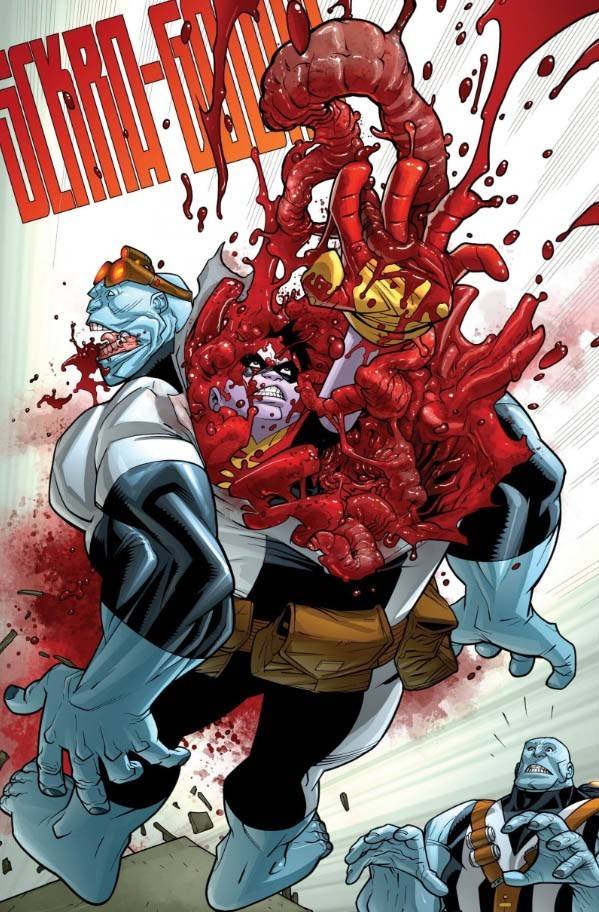 Image: amazon.com
Image: amazon.com
Even the action sequences, previously a highlight, feel less impactful. While visually impressive, they lack the emotional resonance of earlier seasons. The absence of high stakes makes these moments feel less compelling.
Slow Start: Delayed Engagement
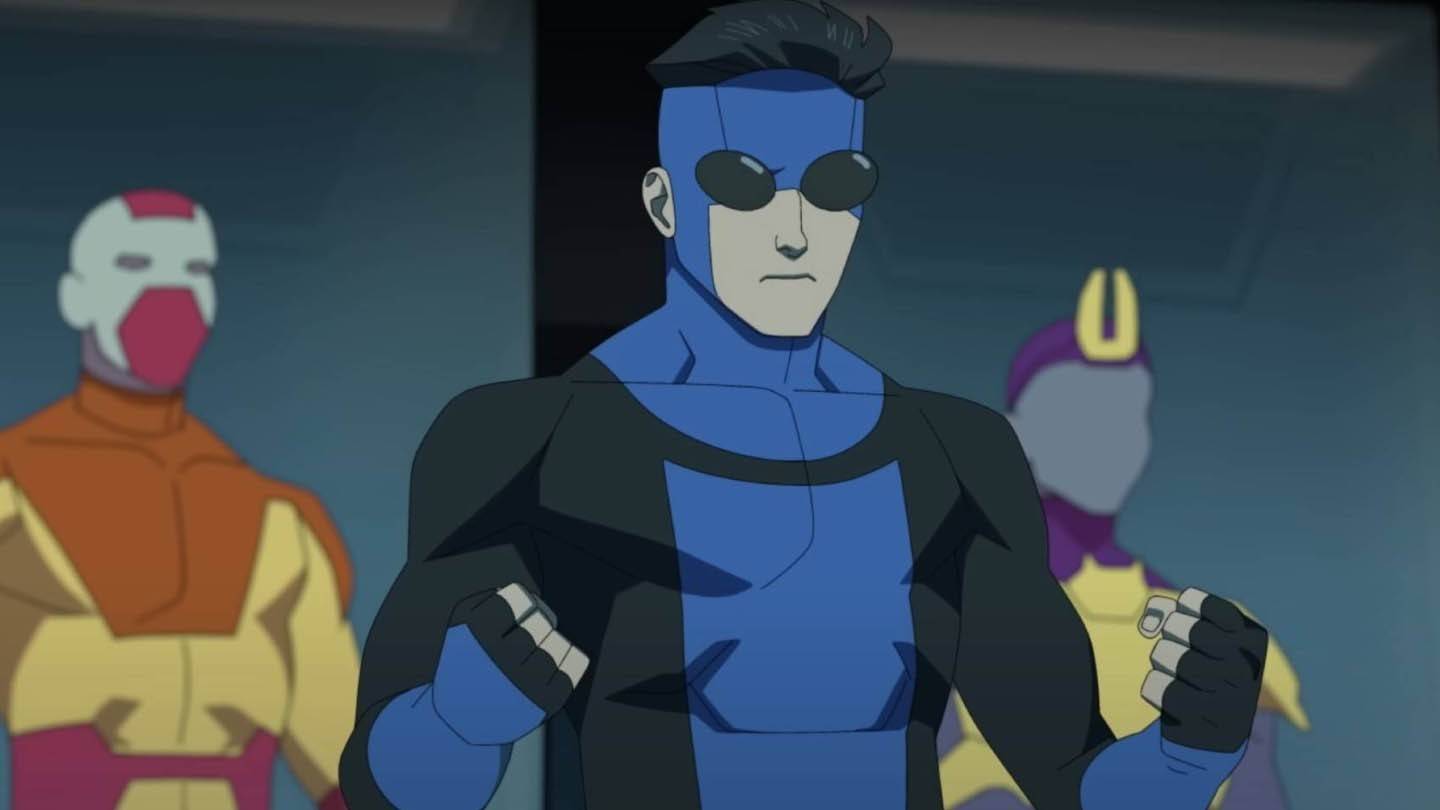 Image: amazon.com
Image: amazon.com
Season three suffers from a slow start, introducing generic villains and threats, failing to establish initial urgency. The delayed momentum diminishes the overall excitement.
Balancing Adaptation and Innovation
The Invincible series successfully captures the essence of the comics while adapting for television. However, season three highlights the challenges of maintaining this balance. Future seasons must prioritize innovation and surprise to recapture the original's magic.
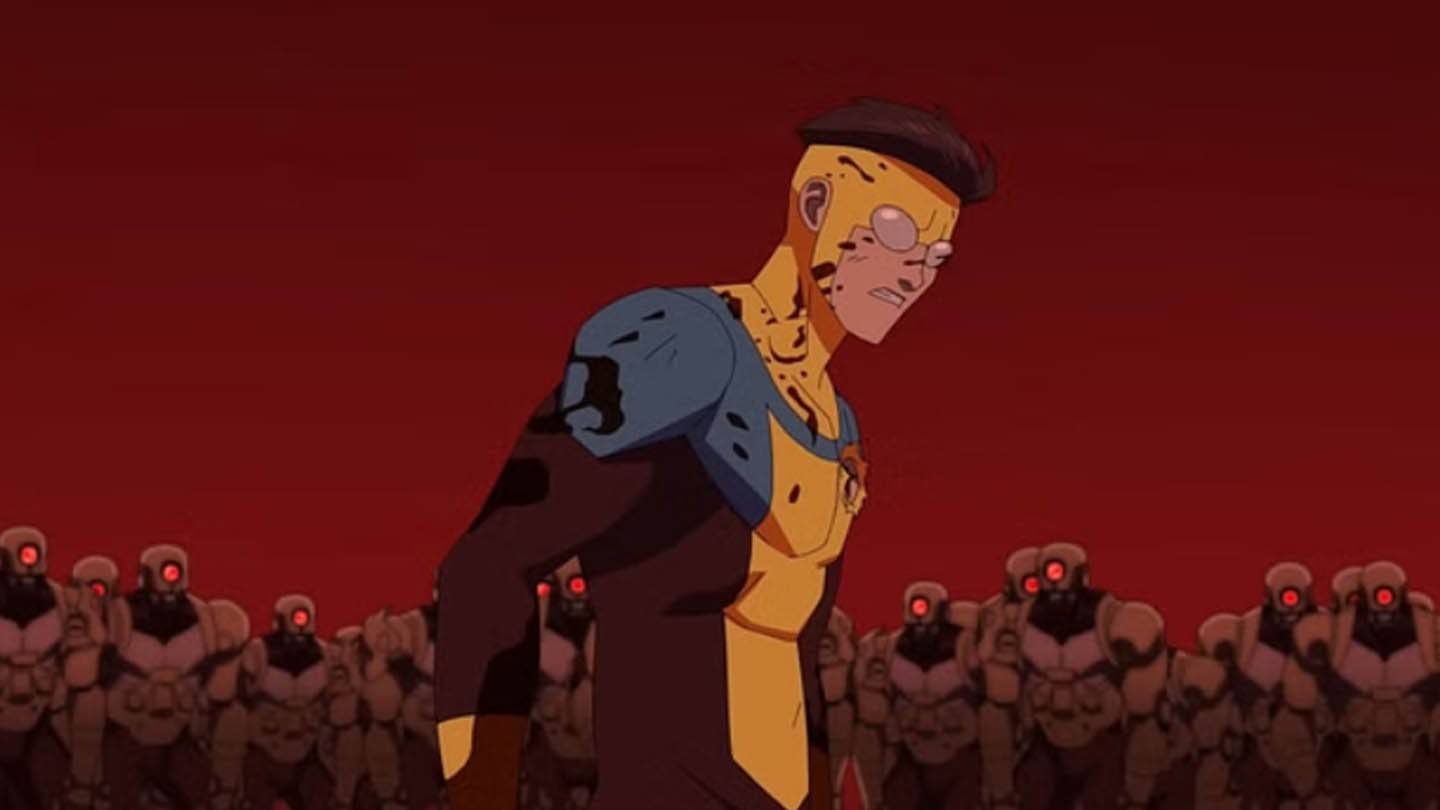 Image: amazon.com
Image: amazon.com
Why Fans Should Still Watch (Spoiler Alert!)
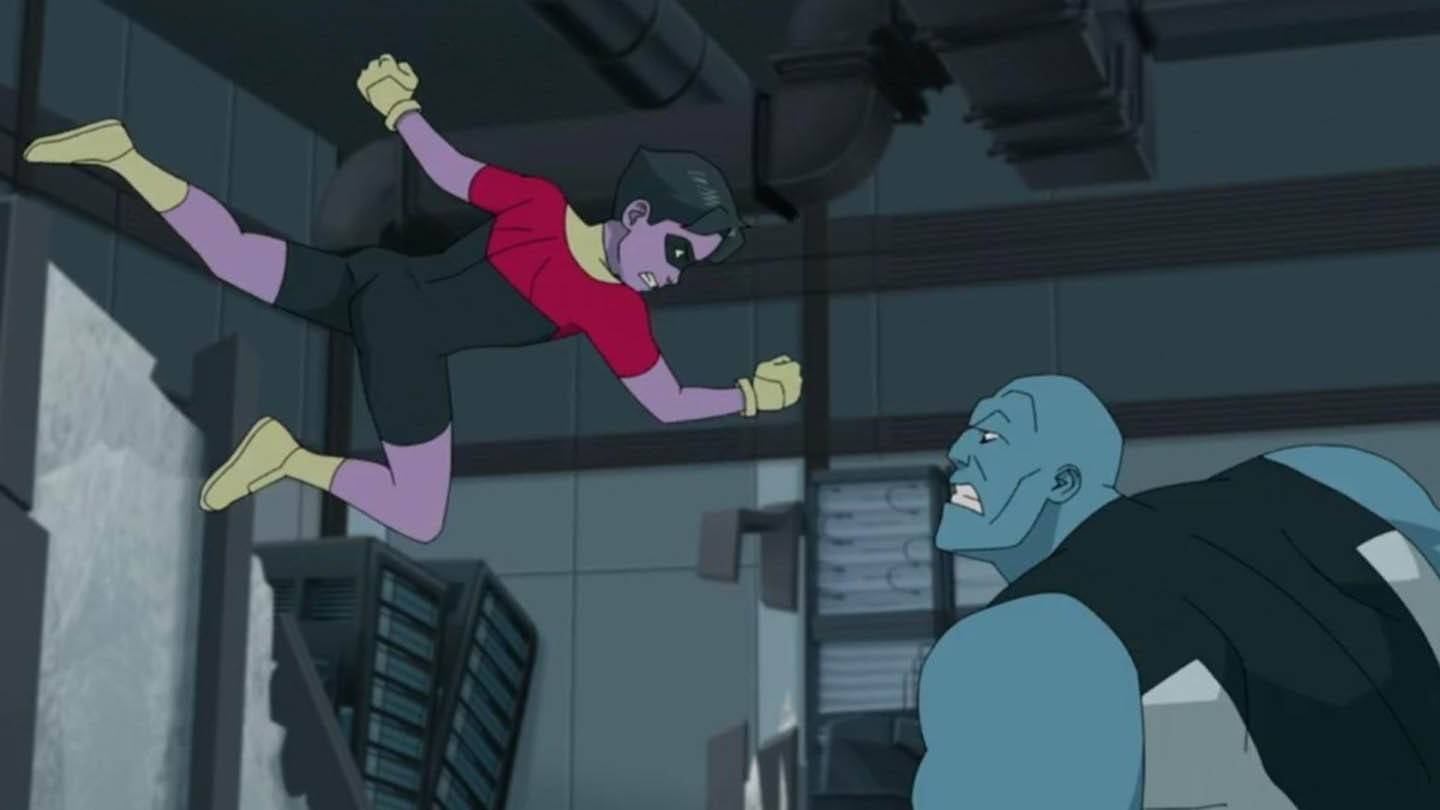 Image: amazon.com
Image: amazon.com
Despite its flaws, Invincible remains visually impressive and engaging. Its intense action, compelling characters, and thought-provoking themes retain their appeal. However, viewers shouldn't expect the same level of excitement as the first two seasons. The series' future success hinges on its ability to recapture that initial spark. The question remains whether the series can overcome the challenge of adapting a complete and powerful source material.








